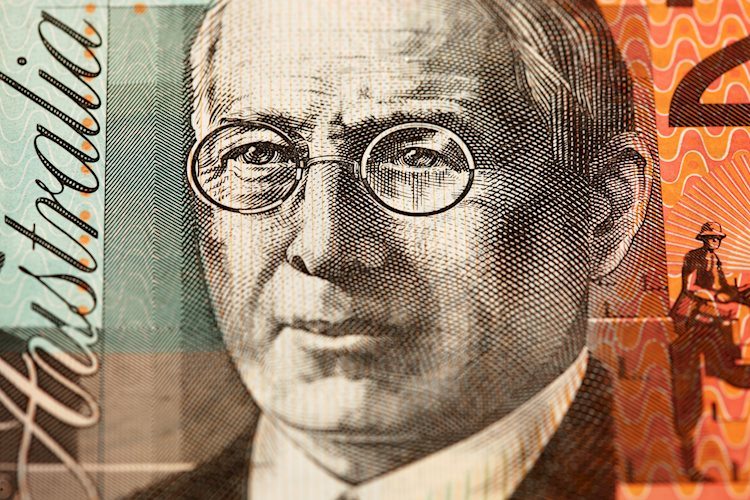The Australian Dollar (AUD) showed resilience and appreciation despite the lower-than-expected Wage Price Index (Q1) release, with positive sentiment attributed to improved risk appetite. Amid these developments, the Australian government unveiled its Budget for 2024-25, focusing on tackling headline inflation and alleviating cost-of-living pressures by earmarking billions for various initiatives. The US Dollar (USD) experienced losses as investors absorbed higher-than-expected US Producer Price Index data, leading to continued downward pressure on the US Dollar Index (DXY).
The Australian Budget for 2024-25 shifted back to a deficit after a surplus in the previous year, with measures aimed at reducing energy bills, rents, and income taxes to combat inflation and ease living expenses. Treasury expectations indicate a return to the Reserve Bank of Australia’s (RBA) target inflation range of 2-3% by the year’s end, possibly prompting interest rate adjustments. Furthermore, Federal Reserve Chair Jerome Powell anticipates a decline in inflation and optimistic Gross Domestic Product (GDP) growth driven by a robust labor market.
In terms of market movements, the Wage Price Index (QoQ) in Australia reported a 0.8% increase in the first quarter, slightly lower than projections, while the US Producer Price Index (PPI) exceeded expectations with a 0.5% rise in April. Australian Treasurer Jim Chalmers expressed optimism for inflation returning to the RBA’s target range, potentially leading to early interest rate cuts. Meanwhile, the New York Fed’s consumer sentiment survey showed an uptick in US consumer inflation expectations to 3.3%.
Technical analysis for the Australian Dollar indicated a consolidation around 0.6630 with a bullish bias supported by the Relative Strength Index (RSI). The AUD/USD pair may test resistance levels near 0.6650 and potentially reach 0.6700 with continued upward momentum. On the downside, immediate support at 0.6600 is key, followed by the 14-day Exponential Moving Average (EMA) at 0.6585, with potential for further downside toward the lower boundary of the symmetrical triangle around 0.6465.
The Australian Dollar’s performance against major currencies showcased strength against the US Dollar, reflecting positive market sentiment towards the AUD. Factors influencing the Australian Dollar include interest rate decisions by the RBA, commodity prices such as Iron Ore, China’s economic health as a key trading partner, inflation, growth rate, and Trade Balance. The RBA’s interest rate policies, China’s economic performance, Iron Ore prices, and the Trade Balance all play significant roles in determining the value of the Australian Dollar in the global currency market.
In conclusion, the Australian Dollar’s resilience amid economic data releases and government policy initiatives underline its position as a key currency in the global market. With a focus on inflation targeting and cost-of-living alleviation, Australia’s economic outlook remains optimistic despite challenges. By monitoring market movements and key factors influencing the AUD, investors can stay informed and make informed decisions in the currency markets to leverage potential opportunities.


























